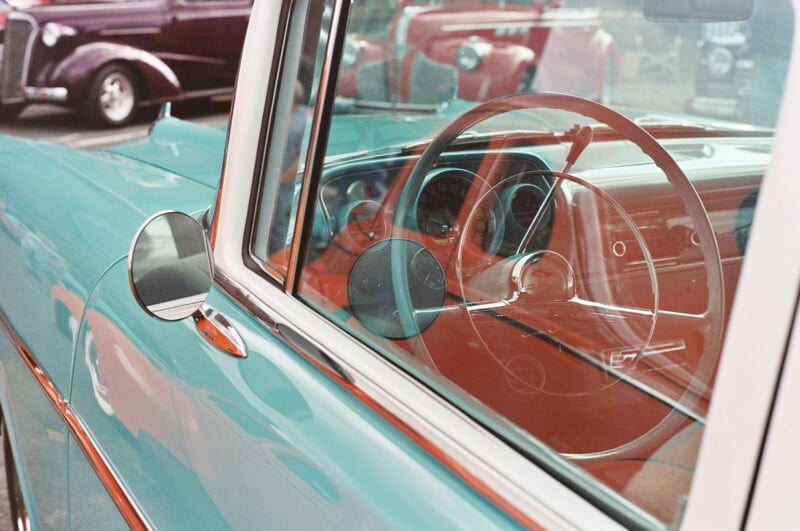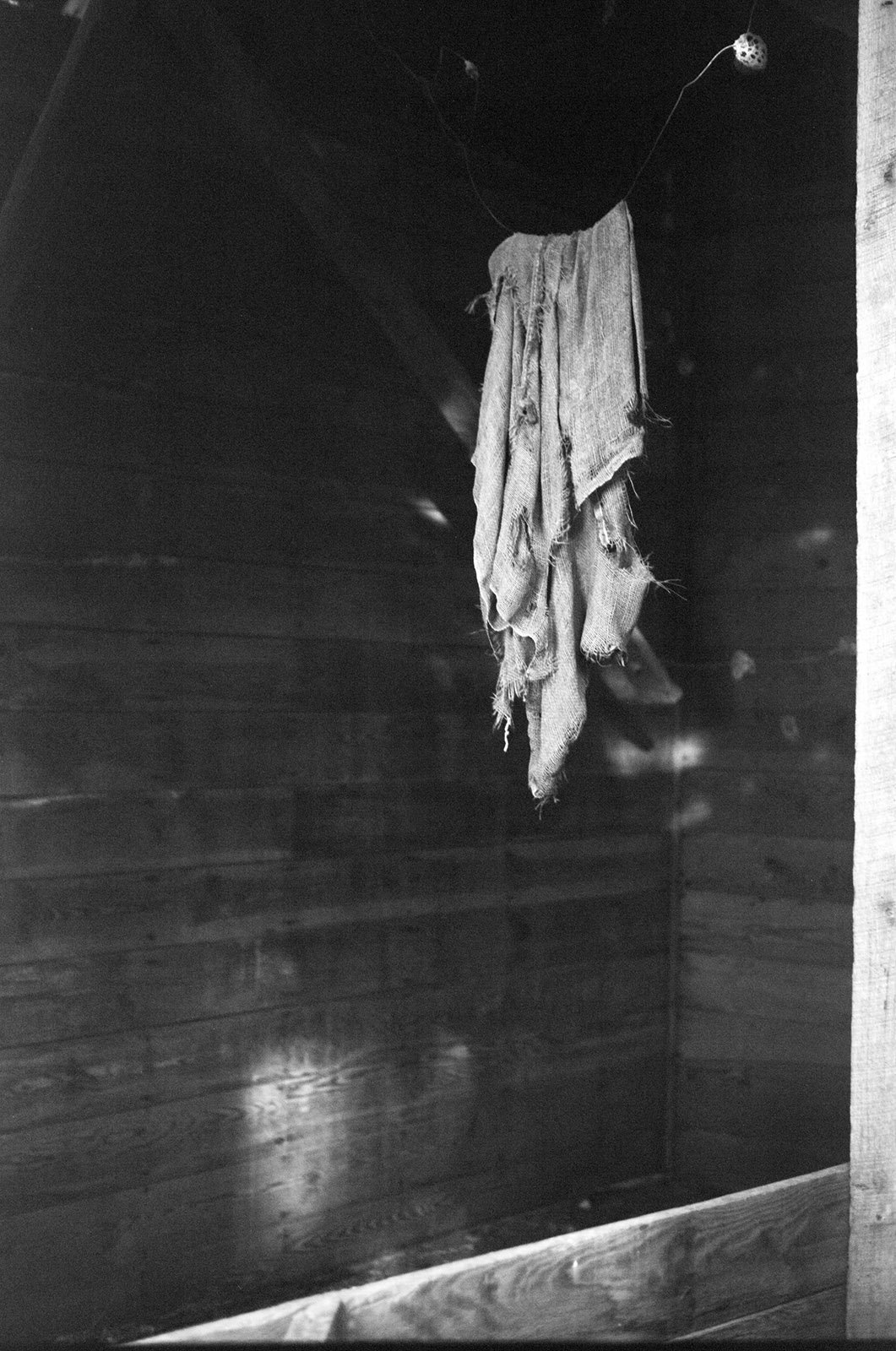The Powerful Lessons Analog Photography Can Teach
![]()
Up until recently, most introductory photography classes in colleges and universities still taught students the basics of the medium using film and darkroom processes. These days, though, the majority of schools have transitioned to digital since it is more affordable for students and doesn’t require a lab full of equipment and chemicals. But despite the obvious benefits of digital, analog photography still serves as a valuable tool for learning the medium.
There’s no denying the advantages of digital photography. Other than the sometimes hefty price of the camera and lenses, there are few additional costs that are absolutely necessary. With how superb new cameras are, it’s possible to create strong images without much thought about the camera settings. And, of course, you get your results instantly. There’s no waiting to develop the film and then print the photos. This also enables you to adjust your settings to get a better photo in the moment; no more hoping you got it right only to discover that you missed the shot when it’s far too late to do anything about it.
![]()
However, the same features that make digital an asset can have negative consequences. The same qualities that make shooting film challenging and, at times, frustrating make it extremely beneficial for learning the ins and outs of photography. The very nature of analog photography gives it advantages for use as a teaching tool, even today. I have taught college introductory photography classes using both film and digital and saw a significant difference in the quality of the work and student growth between those two classes.
So, what is it about analog photography processes that make it so excellent for learning photography? Let’s get into it.

Film Forces a Slower Speed
Most of what makes film photography great for learning and teaching boils down to how much it makes students slow down. The act of slowing down when shooting images has multiple consequences that aid in learning the medium more intimately.
![]()
First, and perhaps most importantly, shooting a roll of film means that you have limited exposures. There’s no 1TB memory card to essentially shoot an infinite number of photos at a single shoot in order to ensure that you get a few worth keeping. Instead, you’re stuck with 36 exposures on a single roll before you need to swap out for a new one. And those rolls of film are increasingly expensive. As a result, each frame is precious. It forces students to slow down and carefully consider if something is worth taking a photo.
![]()
The act of slowing down and recognizing that each frame is a limited commodity also impacts composition. I noticed a significant difference in the compositions of students who learned on film versus digital. Students shooting film were generally much more intentional with how they framed shots. They paid more attention to the edges of the frame and were more thoughtful in how they composed their images. Instead of taking multiple images with slightly different compositions, students put more thought into a single shot of one scene.

Learning Exposure with Film
Another benefit to slowing down and shooting film is the impact it has on learning what exposure actually is and the impact of aperture and shutter speed. Since you can’t instantly see your results and adjust your settings based on that (and because each shot is precious), you’ll need to slow down and think carefully about your settings to try to get it as close to perfect the first time around. While you certainly can edit the scanned image of your film shots, those files won’t provide the same leeway as a RAW file, so it’s even more important to get things right in camera.
Being that intentional with your settings allows you to learn exposure basics much more in-depth. You must become intimately familiar with aperture and shutter speed before taking loads of photos if you want them to turn out well. Those who learn on film also learn about the relationship between those settings (exposure reciprocity), which impacts the final look of the images and how efficiently one can change the settings. With film cameras, you also have to learn how to read and understand the light meter (including how it works) and how to analyze a scene to create an accurate exposure.
Long story short, it takes a lot of learning upfront before taking many images. If you don’t want to waste a lot of film, that is.
![]()
Putting the Benefits of Film in Practice with Digital
It should be said that the above lessons can be learned with digital cameras. It takes much more intention than it does on film, forcing a mindset change. As discussed, at its core, film teaches users to slow down, which has a trickle-down effect on just about everything. So, if you can teach yourself to act that same way with digital, you can gain the same benefits.
If you’re looking to learn or improve your photography and don’t want to invest in film, there are some things you can try. On your next shoot, pretend that you have a limited number of exposures. Resist the urge to look at the playback menu. Make each individual shot count, considering the entire frame before pressing the shutter. Learn to use your light meter and work to understand how the light meter reads the scene, working towards getting the exposure right in-camera on the first try. After shooting, upload the shots to your computer and spend time reflecting on how you did and what could be improved.
![]()
Conclusion
All of the above techniques will make you a better photographer. They will help you improve your shots and make you quicker in responding to a given scene. When you have a thorough understanding of the basics of photography and the technical side of the medium, you can instead focus on creativity. It opens up the ability to come up with novel ideas and create unique shots. And, if you’re making money off your photography, it makes you more efficient, so you get more money per shot, which is never a bad thing.
Image credits: Photographs by Abby Ferguson